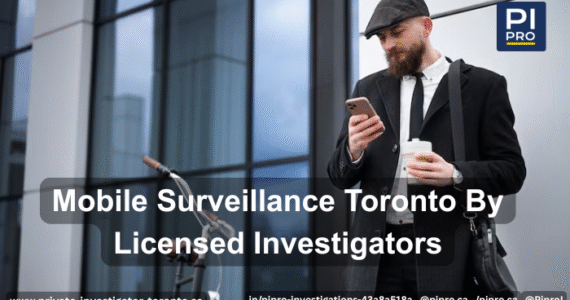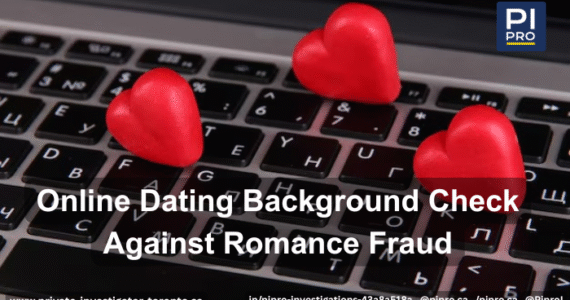
Ways to Identify an Insurance Fraud in Toronto
Insurance fraud can affect anyone
Insurance fraud is a serious problem that hits many industries and consumers alike around the globe.
It’s identified as one of the most intractable risks across several industries in the Toronto area. As industries attempt to mitigate fraud by various means, fraudsters involved find more elusive ways and continue their exploits processes.
In the case of insurance fraud, taking personal steps to mitigate an insurance fraud can result in costlier circumstances that may sink your business. The best decision yet is to hire an experienced private investigator company for proper investigations and surveillances.
However, there are specific ways to quickly identify an insurance fraud before it escalates and cost your company a fortune. But before then, let’s attempt to understand what insurance fraud is.
What is Insurance Fraud?
Insurance fraud is a deliberate scamming or deceit for a benefit from an insurance firm. An insurance fraud may be beyond one performed against an insurance firm. More recently, it may involve a policyholder, third-party claimant, employees, or even insurance agents. Common frauds include employee-agent fraud, identity theft, WSIB fraud (workplace insurance), and faking or staging accidents or auto thefts where the owner drives the vehicle somewhere and hides it.
Some Facts About Insurance Fraud
- The Coalition Against Insurance Fraud evaluates $80 billion in fraud per year across all the different types of insurance.
- According to the RGA 2017 Global Claims Fraud Survey, 1 in 30 claims are reported as fraudulent globally.
- Fraud involves about 10% of property-casualty insurance losses and equals about &34 billion per year.
Ways to Identify an Insurance Fraud in Toronto
Identifying the schemes of insurance fraud can be easy if you understand the red flags of fraud. That said, you may watch out for these two signs: layering and structuring.
Although layering and structuring are often identified with money laundering, they are similar schemes associated with insurance fraud. And they may help you identify one quickly.
Layering: involves using multiple cash equivalents such as money orders from several fund services to make payments on an insurance policy.
Structuring: because of the threshold for reporting in one transaction, many fraudsters make multiple cash deposits in smaller amounts into different banks each day.
However, here are some indicators or red flags that may help you identify an insurance fraud:
- The insured has many cases of insurance claims & losses in the past.
- The claim comes a short time after the inception of the policy. Or after a change or increase in the coverage that backs the claim up.
- In a theft claim, the claim includes a lot, expensive, and bulky property, primarily when the insured can’t provide receipts or owner’s manuals.
- The insured is very firm about a quick settlement and tends to be knowledgeable about insurance coverage and claims processes.
- A large number of real estate homes were purchased at garage and yard sales and flea markets, and there are no receipts.
- The insured’s claim seems too perfect – they have all the necessary documents ready.
- The amount of the claim is different from the value reported by the insured.
- Refusal to involve the police.
- Fake documents or handwriting receipts provided for property repairs or replacement.
Concluding Thoughts
Discreet, thorough investigations can help reduce the loss and damages associated with insurance fraud cases. Use the guide and red flags in this article to identify insurance fraud and stay safe of one successfully.
More advisably, choose a professional private investigator company like PiPro whose specialization is to identify fraudulent claims. Private investigators can go extreme such as hiding in the bush to snap photos of a victim, performing background checks, and interviewing claimants & any witnesses. While insurance firms hire some PIs, insurers also hire them for investigation needs.




